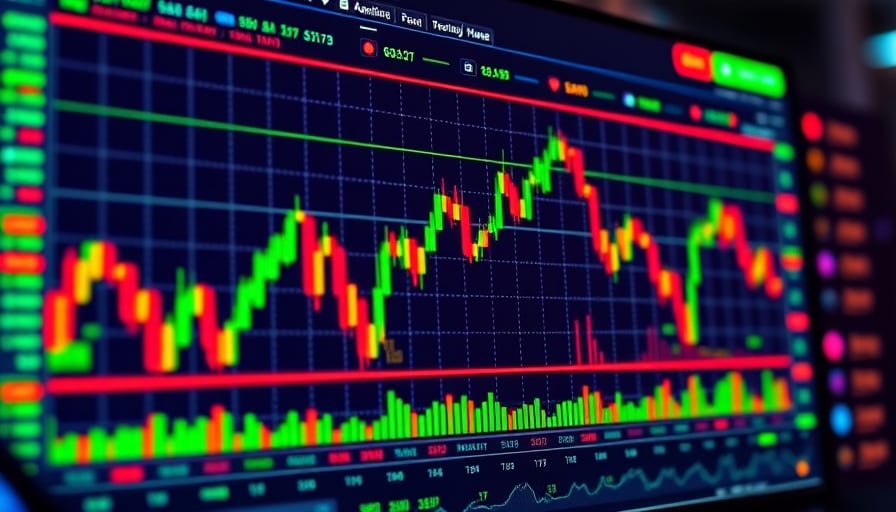Uber’s New Robot‑Delivery Venture Undermines Share Value
Uber Technologies Inc. (NYSE: UBER) announced a partnership with Starship Technologies to launch autonomous sidewalk‑robot deliveries across the United Kingdom, with an eye toward European expansion in 2026 and a U.S. rollout in 2027. The announcement, repeated across Reuters, Bloomberg, Techmeme and other outlets, arrives just one day after the company’s shares plunged more than 12 % over the past month, trading at $83.87 on 2025‑11‑20—well below the 52‑week low of $59.33 and far short of the September high of $101.99.
The partnership is positioned as a “major step” toward Uber’s vision of autonomous logistics, yet the move fails to address the fundamental drivers of the company’s stock decline. While Uber’s Q2 adjusted earnings per share rose to $0.81, beating consensus at $0.69, this performance cannot mask the broader erosion of investor confidence. The company’s market cap of $190.7 billion and a price‑earnings ratio of 10.8 signal a valuation that is already stretched, especially when the firm’s core ride‑hailing revenue model has been undercut by fierce competition and regulatory scrutiny.
Why the Robot‑Delivery Announcement Is a Pyrrhic Victory
Capital Expenditure vs. Margins Autonomous robots require substantial upfront investment in hardware, software, and regulatory compliance. Uber’s existing cash burn, driven by driver incentives and market expansion, will be amplified by these new costs, squeezing already thin operating margins.
Limited Immediate Revenue Impact The first deliveries will occur in Leeds and Sheffield, two cities that account for a negligible share of Uber’s total freight volume. Even if robot deliveries gain traction, the incremental revenue will be dwarfed by the cost base, delaying any return on investment.
Competitive Landscape Amazon, FedEx, and other logistics giants are already testing autonomous delivery platforms. Uber’s entry into this space places it in direct competition with entities possessing deeper pockets and more entrenched supply chains, reducing the likelihood of a competitive advantage.
Regulatory Uncertainty The U.K. government has yet to finalize regulations governing sidewalk robots. Delays or restrictive rulings could stall the rollout, eroding the projected benefits of the partnership.
Market Reaction: A Signal of Skepticism
The stock’s recent 12 % decline reflects investors’ skepticism that the Starship partnership will deliver meaningful value in the near term. While the partnership aligns with Uber’s strategic shift toward “vertical integration” of its delivery services, the company’s financials suggest that any upside will be realized only after a prolonged period of capital outlay and market penetration.
Bottom Line
Uber’s alliance with Starship Technologies is a bold, albeit risky, gambit to diversify beyond its core ride‑hailing business. However, the strategic shift comes at a time when the company’s share price is already under pressure, its profitability is modest, and the competitive and regulatory environment is fraught with uncertainty. Investors should view the announcement not as a panacea but as a high‑cost experiment that will take years to materialize, if at all.




